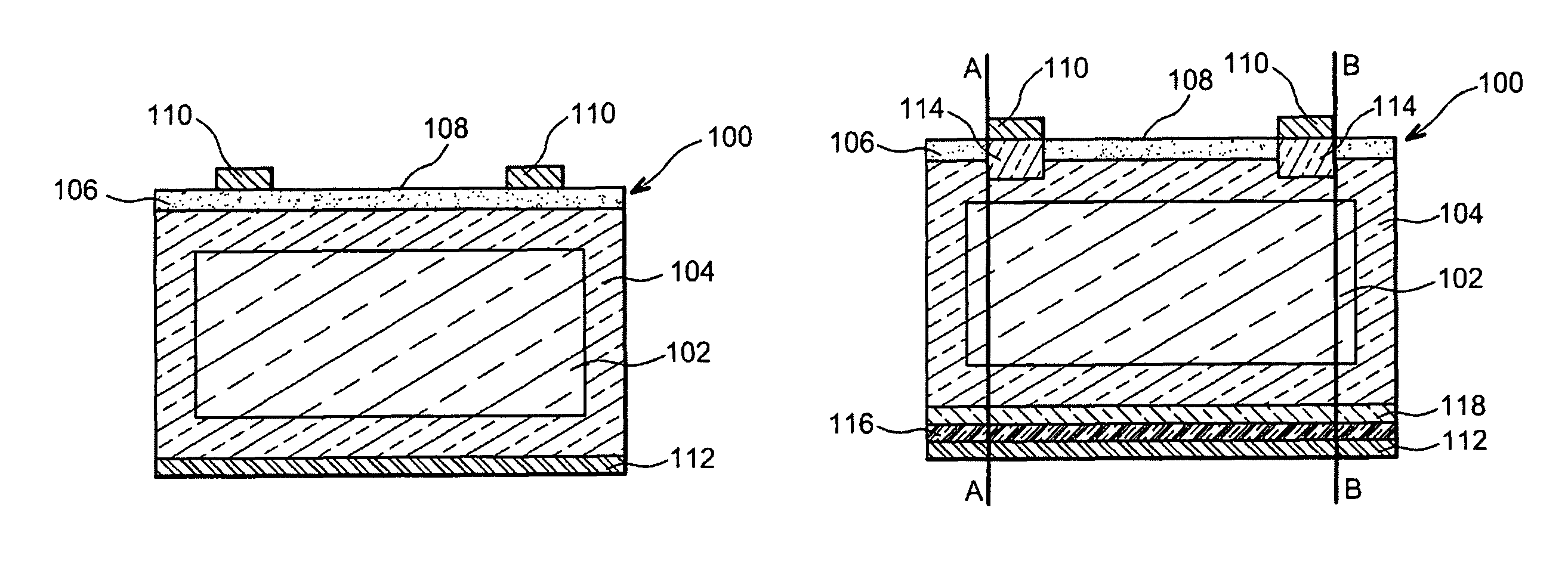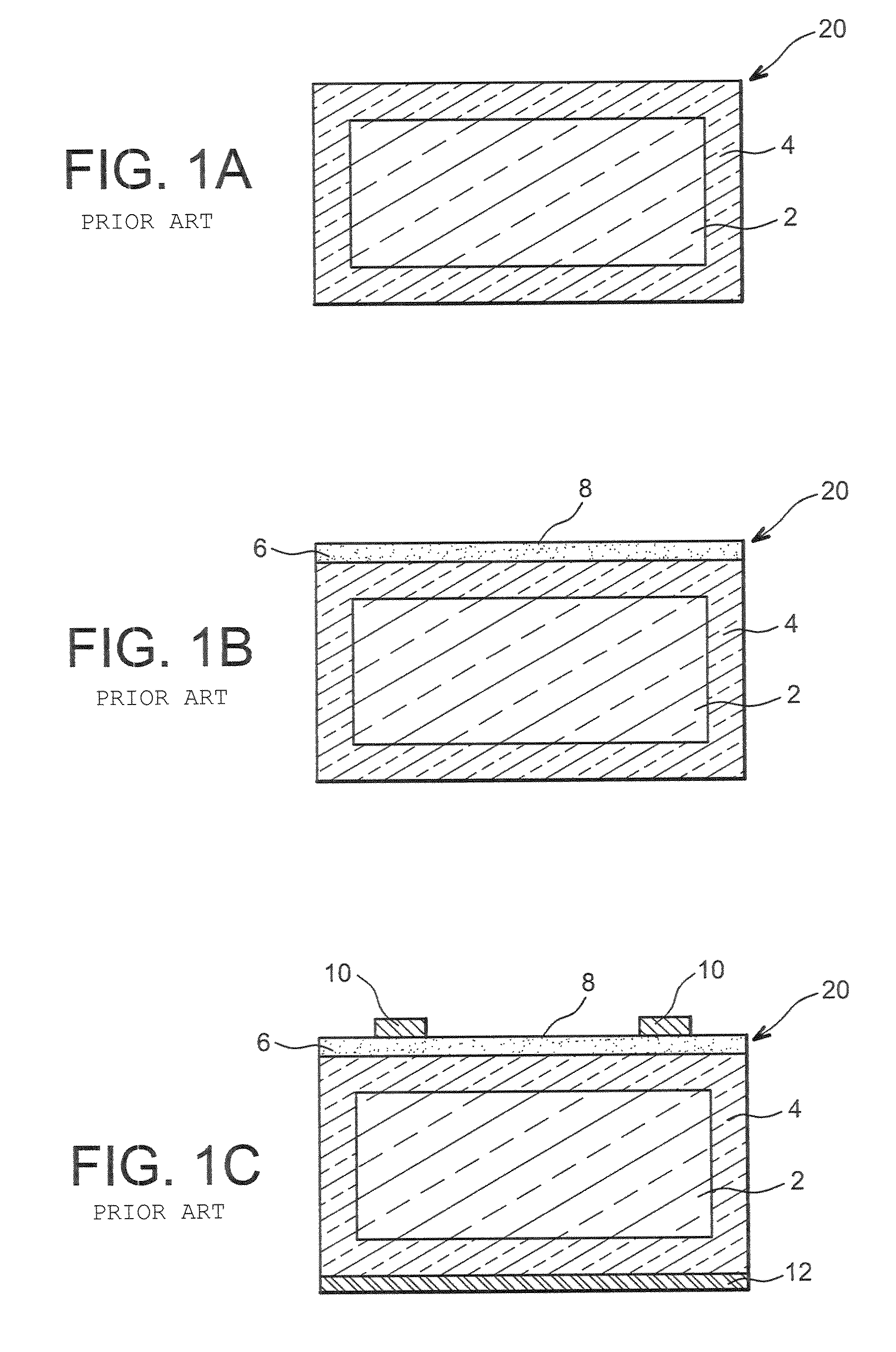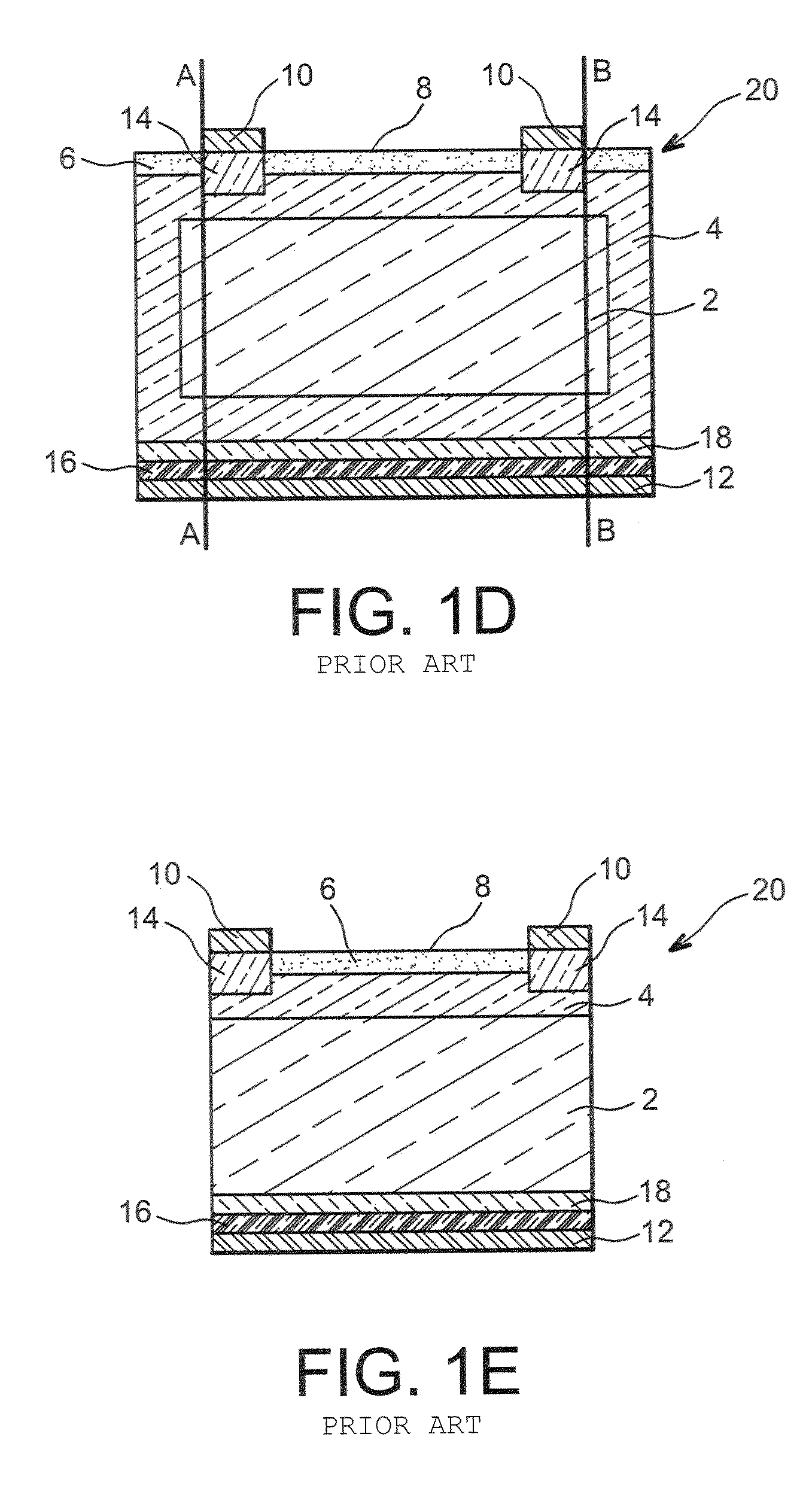Method for annealing photovoltaic cells
a photovoltaic cell and annealing technology, applied in photovoltaic energy generation, electrical equipment, coatings, etc., can solve the problems of difficult industrial application and uneconomical viable methods
- Summary
- Abstract
- Description
- Claims
- Application Information
AI Technical Summary
Benefits of technology
Problems solved by technology
Method used
Image
Examples
Embodiment Construction
[0009]Thus there is a need to propose a method for annealing photovoltaic cells making it possible to obtain photovoltaic cells that are more efficient than the cells produced according to the methods of the prior art described above, and that are economically viable in the industry.
[0010]An embodiment of the present invention proposes a method for annealing at least one photovoltaic cell comprising a substrate based on a semiconductor, for example silicon, with a first type of conductivity, a layer doped with a second type of conductivity produced in the substrate and forming a front face of the substrate, an antireflection layer produced on the front face of the substrate and forming a front face of the photovoltaic cell, at least one metallization on the front face of the photovoltaic cell and at least on metallization on a rear face of the substrate, which method comprising at least the steps of:
[0011]a) a first annealing of the photovoltaic cell at a temperature between around ...
PUM
 Login to View More
Login to View More Abstract
Description
Claims
Application Information
 Login to View More
Login to View More - R&D
- Intellectual Property
- Life Sciences
- Materials
- Tech Scout
- Unparalleled Data Quality
- Higher Quality Content
- 60% Fewer Hallucinations
Browse by: Latest US Patents, China's latest patents, Technical Efficacy Thesaurus, Application Domain, Technology Topic, Popular Technical Reports.
© 2025 PatSnap. All rights reserved.Legal|Privacy policy|Modern Slavery Act Transparency Statement|Sitemap|About US| Contact US: help@patsnap.com



